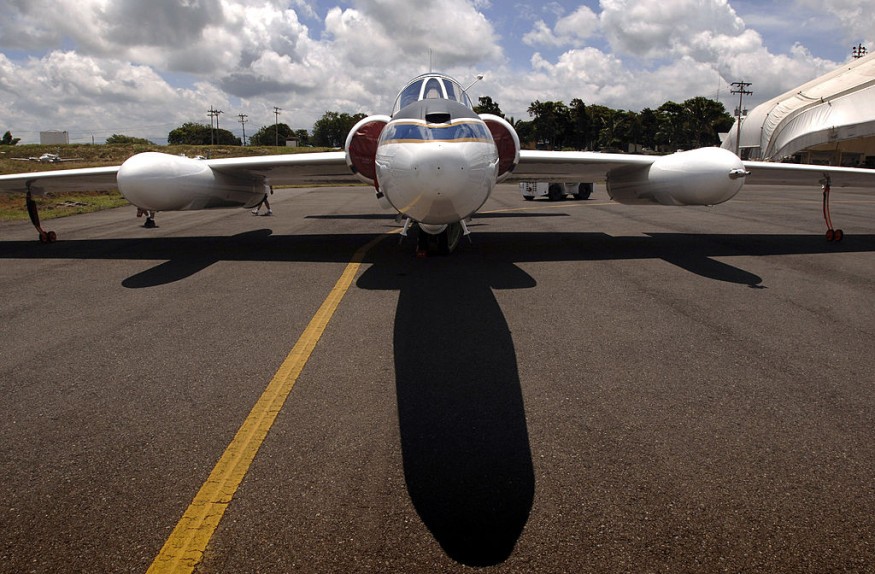NASA has recently been reported to fly higher compared to other platforms at heights of almost 70,000 feet, double that of most commercial flights, to investigate atmospheric and planetary science, among other applications.
According to a Mirage News report, the Department of Earth, Atmospheric, and Planetary Sciences head Dan Cziczo at Purdue University is leading a project to use tools in the nose cone of the plane to study the stratosphere, as well as the manner climate change might be impacting weather which includes monsoons.
Essentially, during the summer, the monsoon season of North America is creating massive storms through the Midwest. These storms can lead to a phenomenon where the lowest atmospheric layers, the stratosphere, and troposphere, mix.
Even though infrequent and difficult to study, this report specified, the stratosphere hovers between 6.2 and 31 miles above the surface of Earth; this mixing needs study since, as climate change takes place, the monsoons of the world may change.

NASA's DCOTSS
To examine such layers, including the barrier between them, NASA has created the Dynamics and Chemistry of the Summer Stratosphere or DCOTSS project.
This project studies the convective effects on the summer stratosphere over North America through the use of NASA ER-2 aircraft, supplied with state-of-the-art equipment.
A news release from the Purdue University said preliminary test flights have recently been completed at the Armstrong Flight Center in Palmdale, California, in the western Mojave Desert.
The reason they are using the ER-2, Cziczo said, is that it is indeed NASA's highest available platform. It can get one the furthest into the stratosphere, he added.
The project leader also said the aircraft could go up to almost 70,000 feet. "We step up and down," he continued so that they are basically cutting through layers of both the troposphere and stratosphere.
In addition, most other studies aircraft are struggling to get just to that transition, but NASA's ER-2 can actually get into it, explained Cziczo.
ER-2 Aircraft
NASA's ER-2 aircraft can hold multiple instruments in each flight. Its nose holds an instrument known as PALMS-NG or Particle Analysis by Laster Mass Spectrometry - Next Generation.
Cziczo is the lead for the said instrument. Justin Jacquot and Xioli, on the other hand, Purdue EAPS postdoctoral research associates, are working on developing an instrument, bringing it into the field, and examining the data it produces.
According to Cziczo, if they see the climate changing on the surface, they can measure it. However, he also said, if they do not really get into the stratosphere that frequently, so the more measurements there are, the better they understand it now and into the future, the better they will be able to understand changes that are taking place, not to mention, how that might affect the world in the future.
Early last month, the ER-2 had its initial successful flight with the new PALMS-NG instrument. This particular instrument is made possible partly by its partners at NASA, Original Consulting OCC, Air Innova, and NOAA.
Meanwhile, according to NASA, its DCOTSS project brings together 12 instruments for its "situ measurements of important trace gases," reactive species, aerosols, and meteorological parameters.
Lastly, Cziczo explained, DCOTSS is vastly essential for the future of the atmosphere as the climate changes, monsoons in North America, as well as in Asia are quite possibly changing.
Related information is shown on WIRED's YouTube video below:
RELATED ARTICLE : Experts Reveal That 3% Of SpaceX's Starlink Satellites Have Failed In Orbit So Far
Check out more news and information on Space and Climate Change in Science Times.
© 2025 ScienceTimes.com All rights reserved. Do not reproduce without permission. The window to the world of Science Times.











